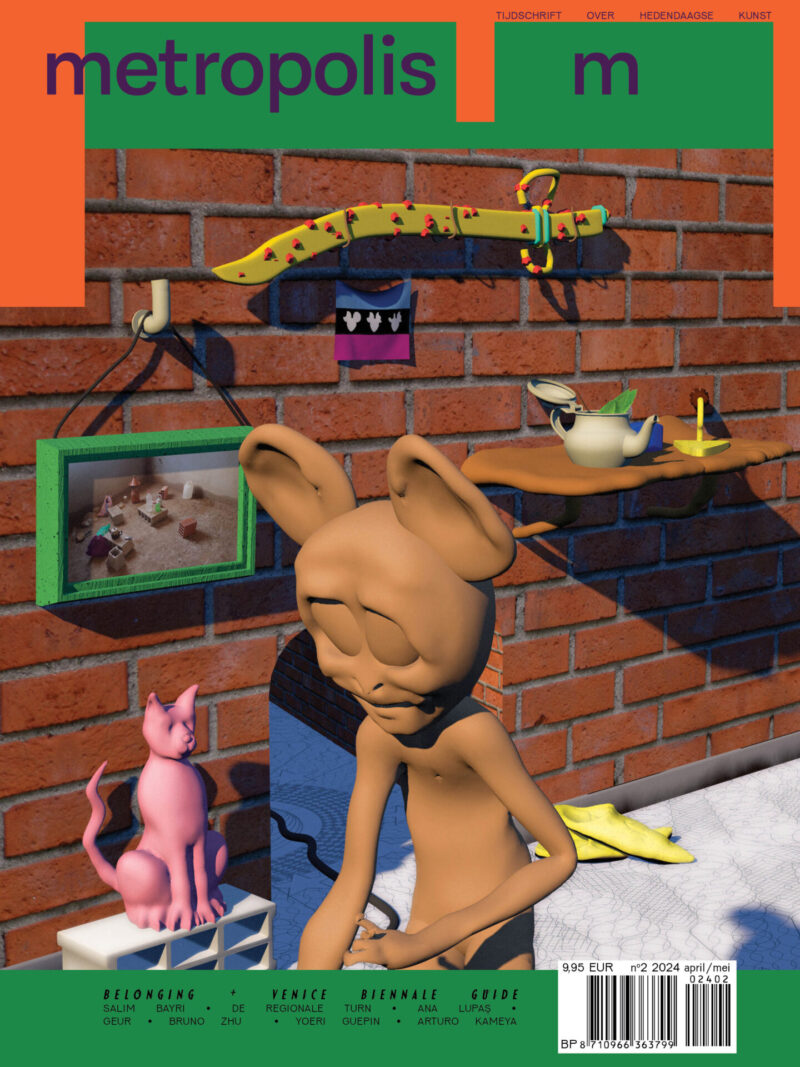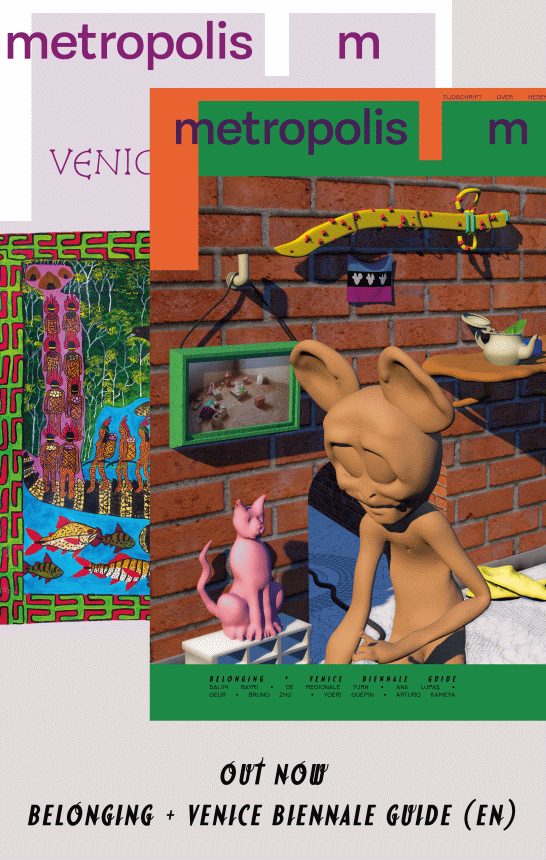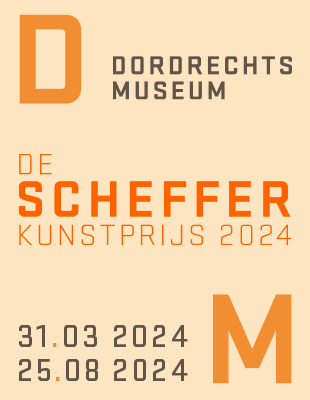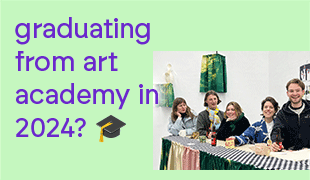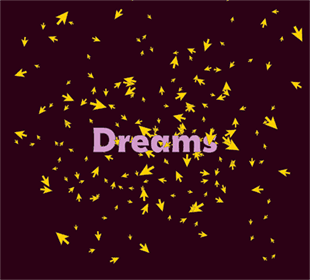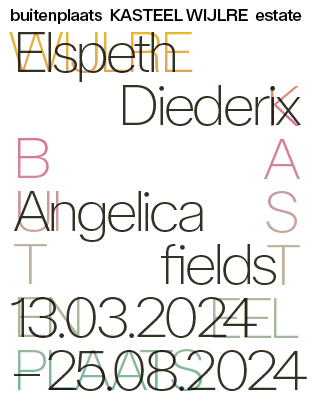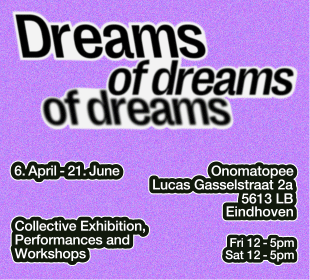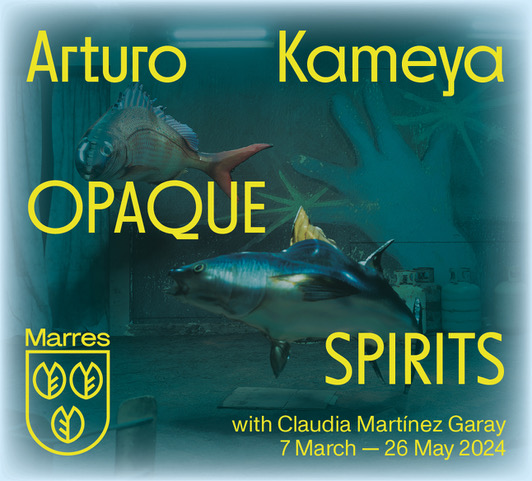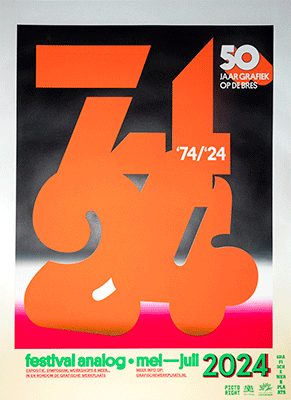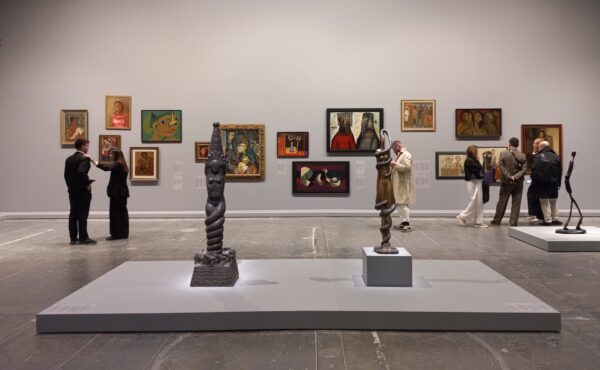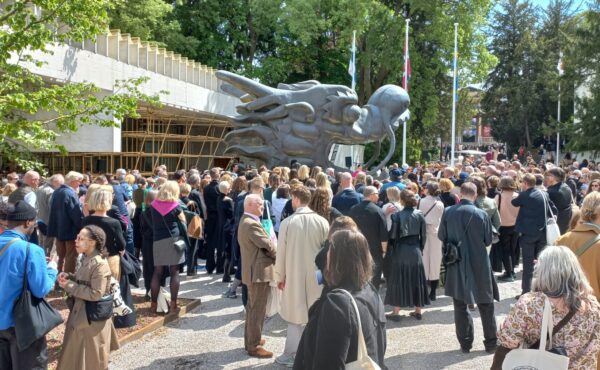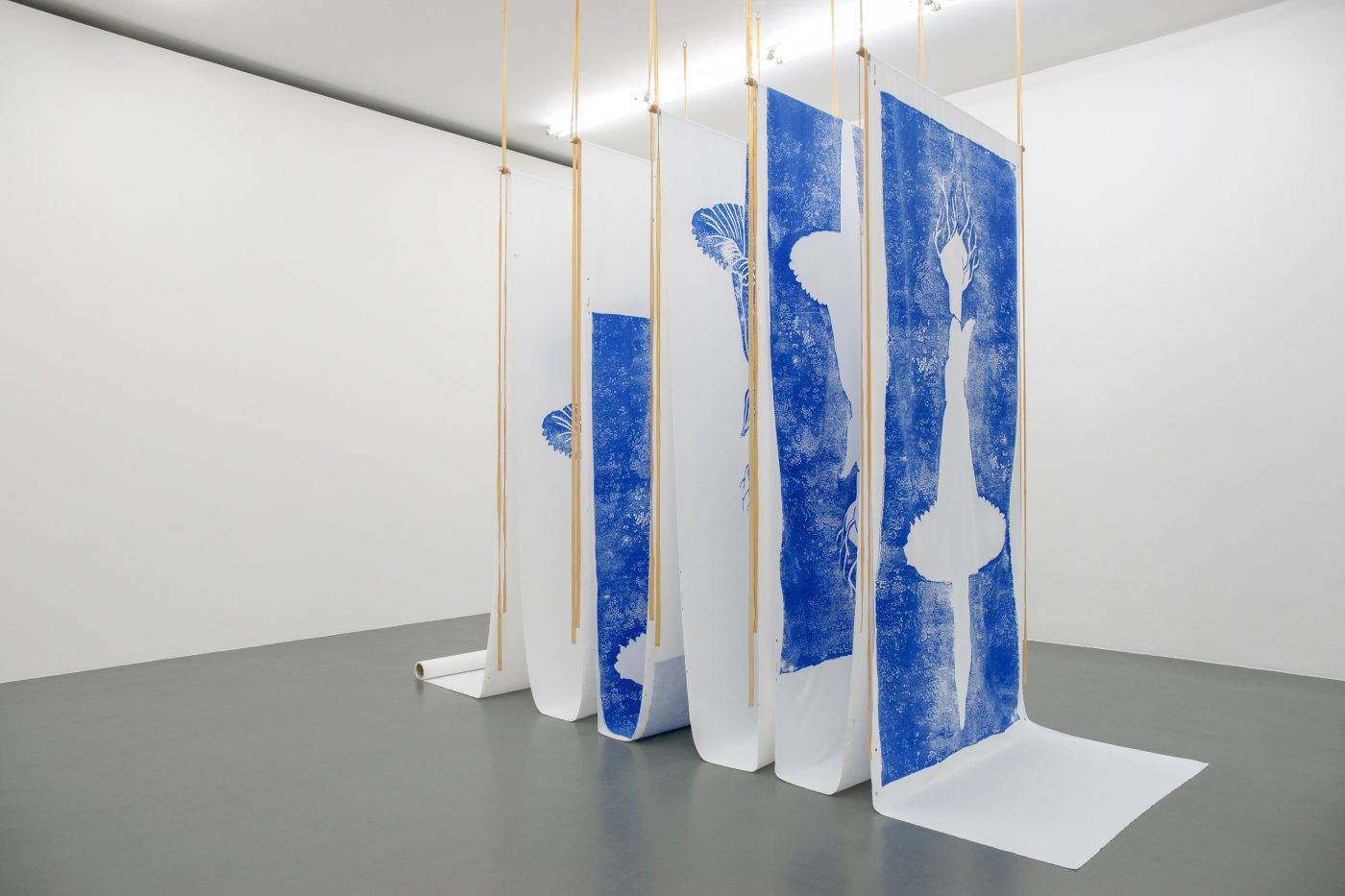
Rossella Biscotti, Live Feed, 2019, silkscreen on cotton, rubber. In Rossella Biscotti, new work, 2019, Witte de With Centrum voor Hedendaagse Kunst, photo Kristien Daem
Refusing to take root – Rossella Biscotti in Rotterdam
Rossella Biscotti’s current show at Witte de With subtly lays bare how sentient beings uprooted by colonialism refused to take root in foreign soil.
A lawyer-friend once explained to me that he had spent the day in court anchoring his defense to the density of a rum ball. His client had caused quite a grievance by throwing the truffle-like cake at someone and, hinged upon the particulars of motion, he noted that this line of enquiry would determine the degree of impact sustained when the rum ball made contact with the complainant, the subsequent injury inflicted and, consequently, the extent of the crime.
Building on research first presented in her recent exhibition Clara and Other Specimens at Fondazione Antonio Ratti, Rossella Biscotti’s New Work at Witte de With continues her ongoing investigation into the movement of ‘sentient beings’ and the directions in which they are pulled by the larger matter at hand. In a similar method of sculptural analysis to that applied to the rum ball – then performed as a means to ascertain the truth, here performed as a means to regain it – Biscotti brings the history of botanical importation and colonial trade to the fore. This occurs through the play of form, which anchors the ramifications of these historically generated questions to the circumstances currently facing artistic production in a globally mobile world. As such, she puts artworks forward as relevant primary sources in their own right.
[blockquote]She puts artworks forward as relevant primary sources in their own right
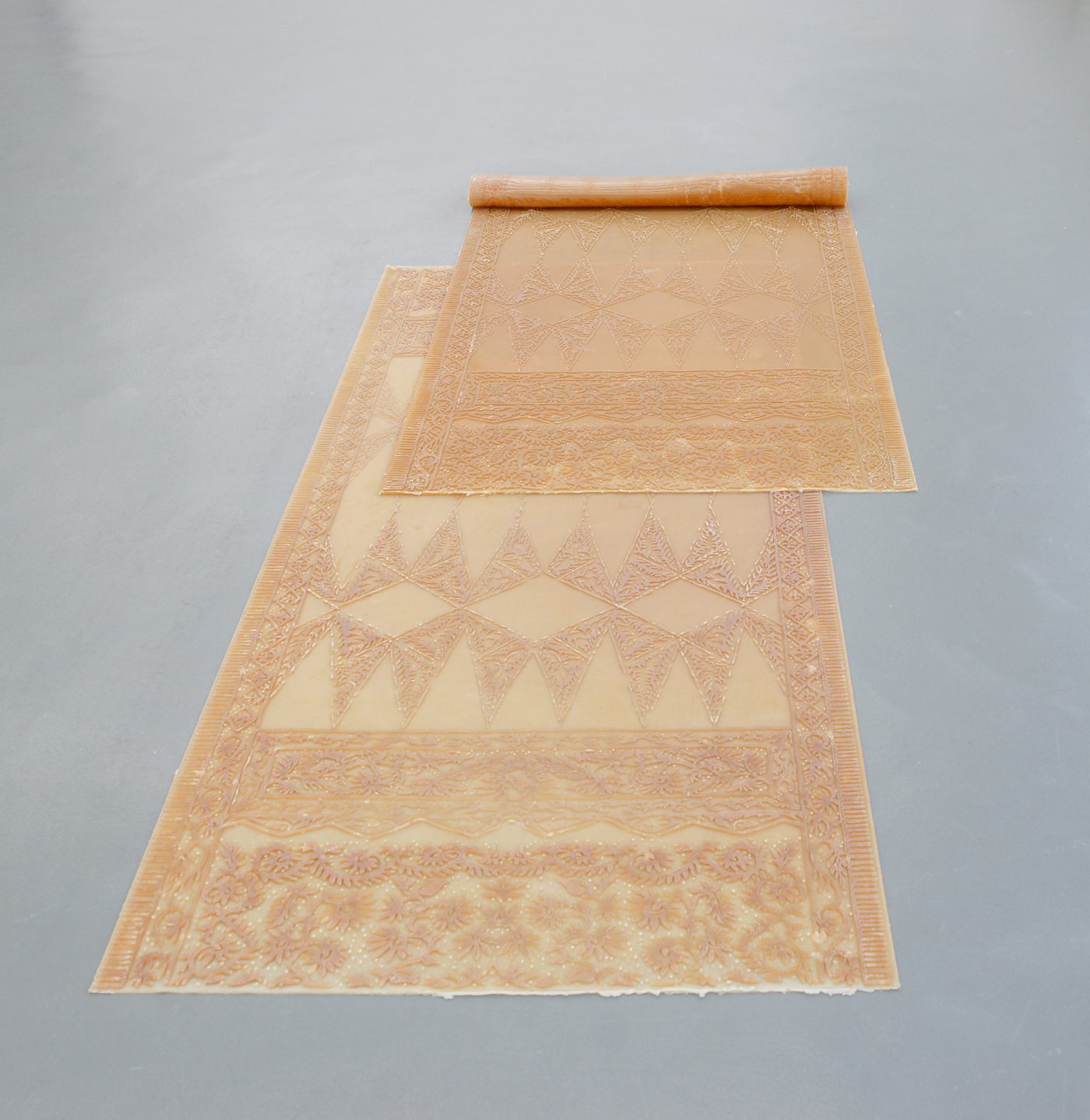
Rossella Biscotti, Sanikem—Nyai Ontosoroh—Madame Le Boucq, Maiko, Annalies, Mei, Surati, Princess of Kasiruta, 2019, natural rubber, food coloring. In Rossella Biscotti, new work, 2019, Witte de With Centrum voor Hedendaagse Kunst, Rotterdam, photo Kristien Daem.
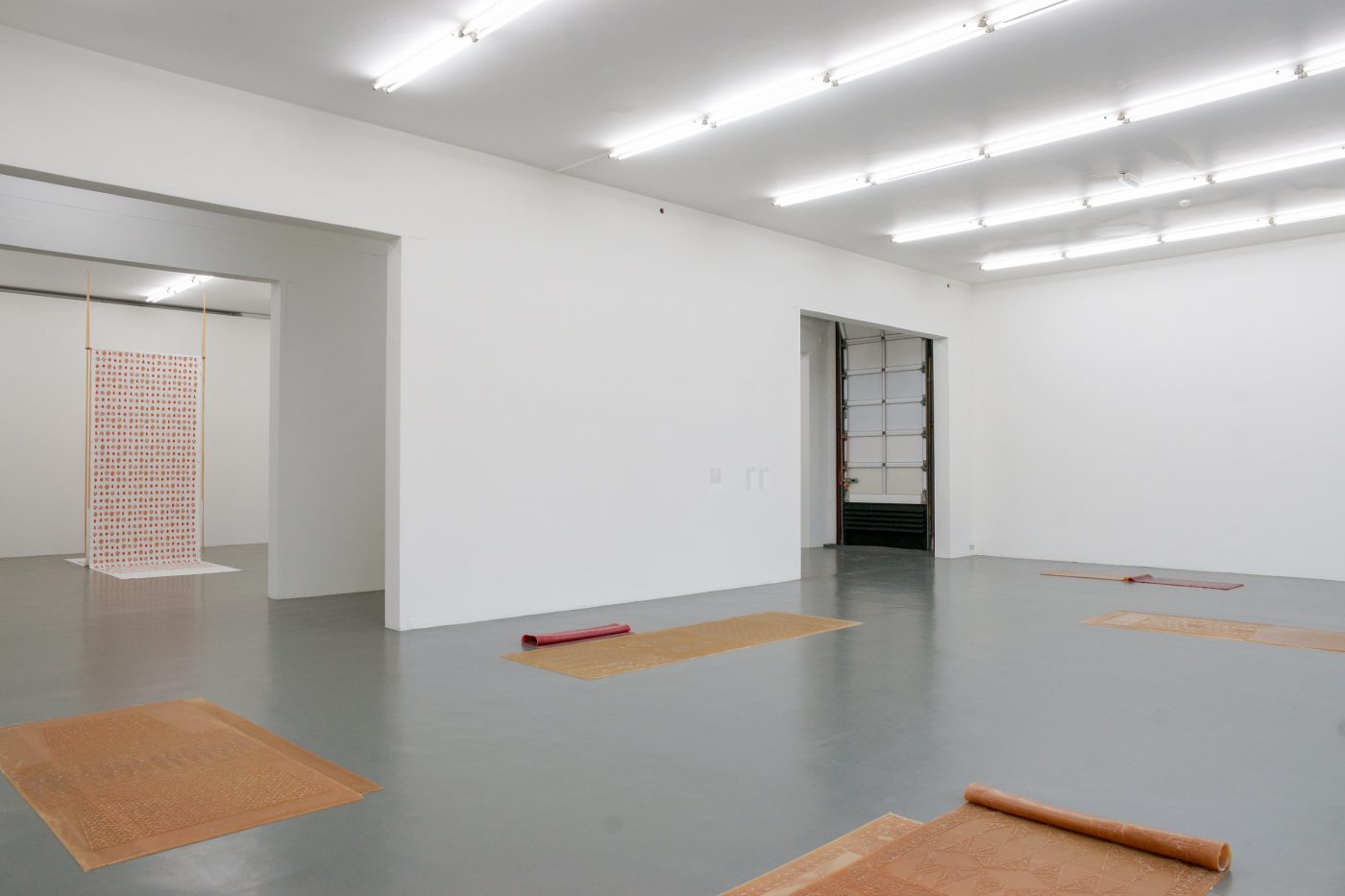
Rossella Biscotti, Sanikem—Nyai Ontosoroh—Madame Le Boucq, Maiko, Annalies, Mei, Surati, Princess of Kasiruta, 2019, natural rubber, food coloring. In Rossella Biscotti, new work, 2019, Witte de With Centrum voor Hedendaagse Kunst, Rotterdam, photo Kristien Daem.
To do so, Biscotti takes up the exploits of the Dutch colonial regime in Southeast Asia, questioning the mechanisms of forced migration not in the spirit of the text-heavy discursivity we are becoming increasingly accustomed to within cultural practice, but rather through materiality and the implications of its actual transport (on the body, on the economy, on culture, on the general livelihood of that which is moved). This manifests through the three key protagonists in the exhibition: the now notorious rhinoceros Clara, imported by the Dutch from India in 1741, and the flowers amorphophallus titanium and rafflesia, both endemic to Southeast Asia and imported to Europe at the turn of the twentieth century. In Clara and Other Specimens, Biscotti materialised the weight of Clara in bricks used by the Dutch East India Company (VOC), effectively rendering the burden of motion visible in the banality of the brick itself. For inherent to the invention of the brick is its relation to the individual: made sizeable and modular so as to diffuse the weight of, say, a house across incremental portions suited to the scale of the human body and its capacity. Here, Clara appears in a different form, an inventory document transferred onto the wall that lists the goods shipped alongside the rhinoceros (Clara, 2016–2019), the majority of which were textiles. In New Works, as on that very ship, the presence of Clara is accompanied by textiles of sorts. Sanikem – Nyai Ontosoroh – Madame Le Boucq, Maiko, Annalies, Mei, Surati, Princess of Kasiruta (2019) is a series of arrangements of thin, skin-like rubber castings depicting various design motifs inspired by batik and other textile designs of the Javanese region, always installed in pairs. While at first glance the castings might appear to dance closely to a culturally appropriative line, they can also be read through the practice of feminist inscription. This is because the work references the female protagonists in Buru Quartet, a series of novels by Pramoedya Ananta Toer set at the turn of the twentieth century. The books depict various accounts of female experience within colonial Indonesia, painting an ‘image of [how] nationhood is narrated on the body of women’, according to the wall text, and therefore figuring – in relation to the seized ownership of Clara – the way in which (dis)possession operated as a key mechanism of Dutch colonialism through patriarchal claims to property.
Across the hall, the three other major works in the exhibition hang suspended from the ceiling. In Live Feed (2019) the gigantic amorphophallus titanium, importantly known as the ‘corpse flower’ due to its rotting flesh-like scent, is repeatedly silkscreened on cotton and draped across five steel poles anchored with rubber roping. Again drawing a connection to another mechanism of colonialism – the spectacularisation of ‘the exotic’ – the title of the work refers to the multiple live feeds viewable of this flower, which blooms roughly every ten years and only for as little as twelve hours before immediately wilting. Dismembered Rafflesia (2019) depicts the second of the corpse flowers in a similar silkscreened manner. The rafflesia, first discovered in Java with the botanical drawings later seized by the British, is the largest flower in the world and the official state flower of Indonesia. Aside from their shared history of importation, both of these flowers are also incredibly rare, monumental in size, revel in a certain level of autonomy (while the amorphophallus titanium has the largest unbranched inflorescence, the rafflesia has no stems, leaves or roots) and are accompanied by a devoted viewership; all ‘valued’ qualities of contemporary sculpture. It is here where Biscotti’s sculptural analysis of the Dutch colonial regime begins to root. For the colonial irony of enforcing the natural process of fertilisation to up and at ’em across the borders of habitat, region and state literally goes to seed.
Again drawing a connection to another mechanism of colonialism – the spectacularisation of ‘the exotic’ – the title of the work refers to the multiple live feeds viewable of this flower, which blooms roughly every ten years and only for as little as twelve hours before immediately wilting
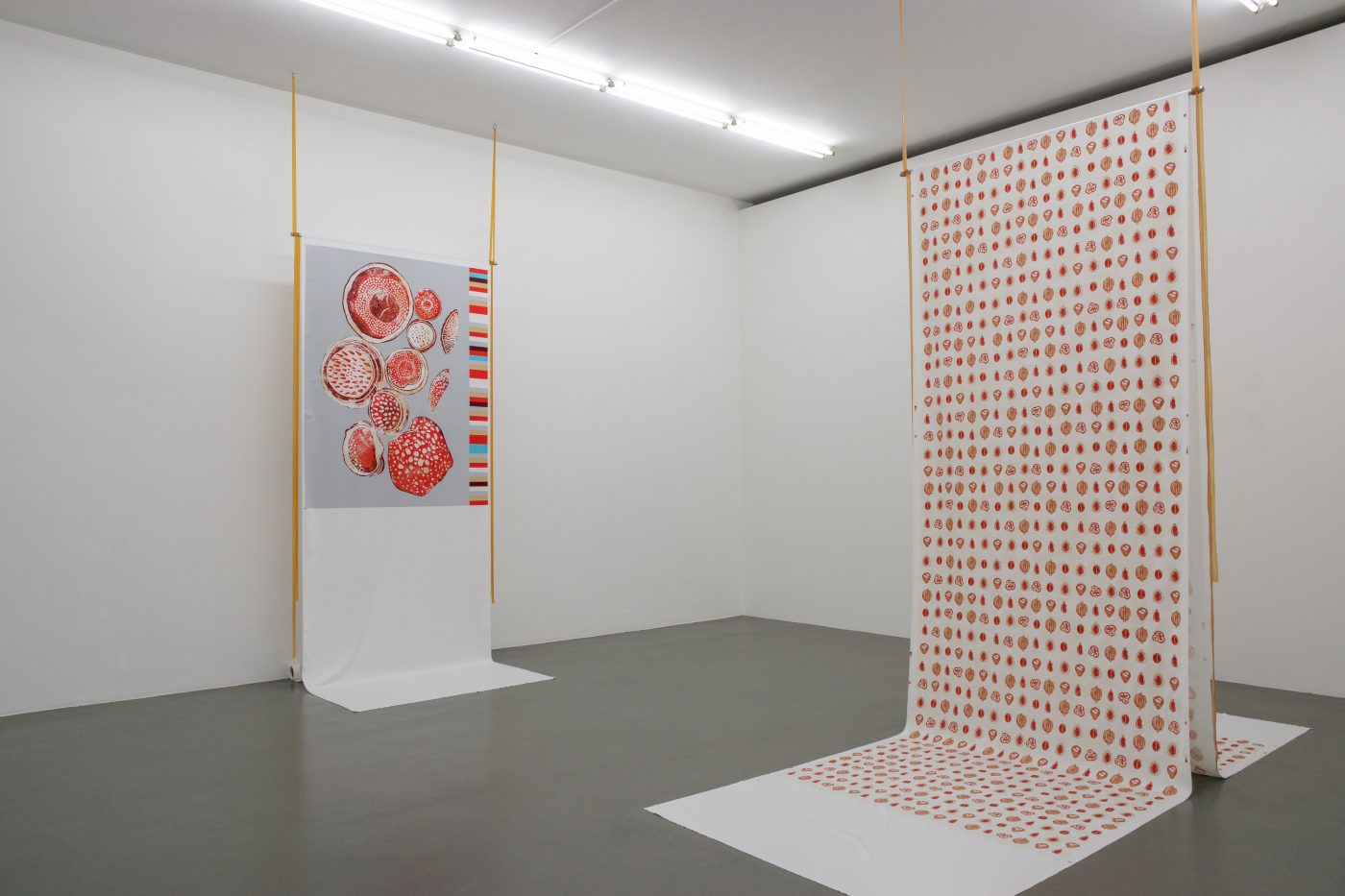
Rossella Biscotti, Seeds, 2019, and Dismembered Rafflesia, 2019, silkscreen on cotton, rubber. In Rossella Biscotti, new work, 2019, Witte de With Centrum voor Hedendaagse Kunst, photo Kristien Daem

Rossella Biscotti, Live Feed, 2019, silkscreen on cotton, rubber. In Rossella Biscotti, new work, 2019, Witte de With Centrum voor Hedendaagse Kunst, photo Kristien Daem
In using sculptural analysis and practice to determine the true weight of this colossal wrong, the exhibition sediments because it doesn’t attempt to overtly critique the structures of mobility underpinning the VOC’s colonial plight. (In a further linguistic turn, ‘colossal’ is also a term used in sculpture to denote a statue that is at least twice life size.) Instead, the exhibition manifests a kind of material portraiture, nourishing the very figures that were suffocated into fertilisation in the first place. Never still, Clara died after seventeen years of being travelled around Europe as an exotic artefact. The rubber rugs, while lying latent atop the concrete gallery floor, illustrate the robust nature of interwoven feminist histories. The flowers live on in Europe yet only in incubated habitats, growing but unwilling to really make home. In the end, that is entirely the point: the logic of settlement is a myth. And the works in this exhibition perform this very notion, already negotiating the global circulatory of exhibition practice and the subsequent hauling of artworks across borders, currencies and infrastructures, meanwhile ensuring that while these sentient beings may be coaxed momentarily into submission, below the surface they will continue to resist.
Rossella Biscotti, new work, Witte de With Center for Contemporary Art, Rotterdam, on view until 5.1.2020
Isabelle Sully
is kunstenaar en schrijver